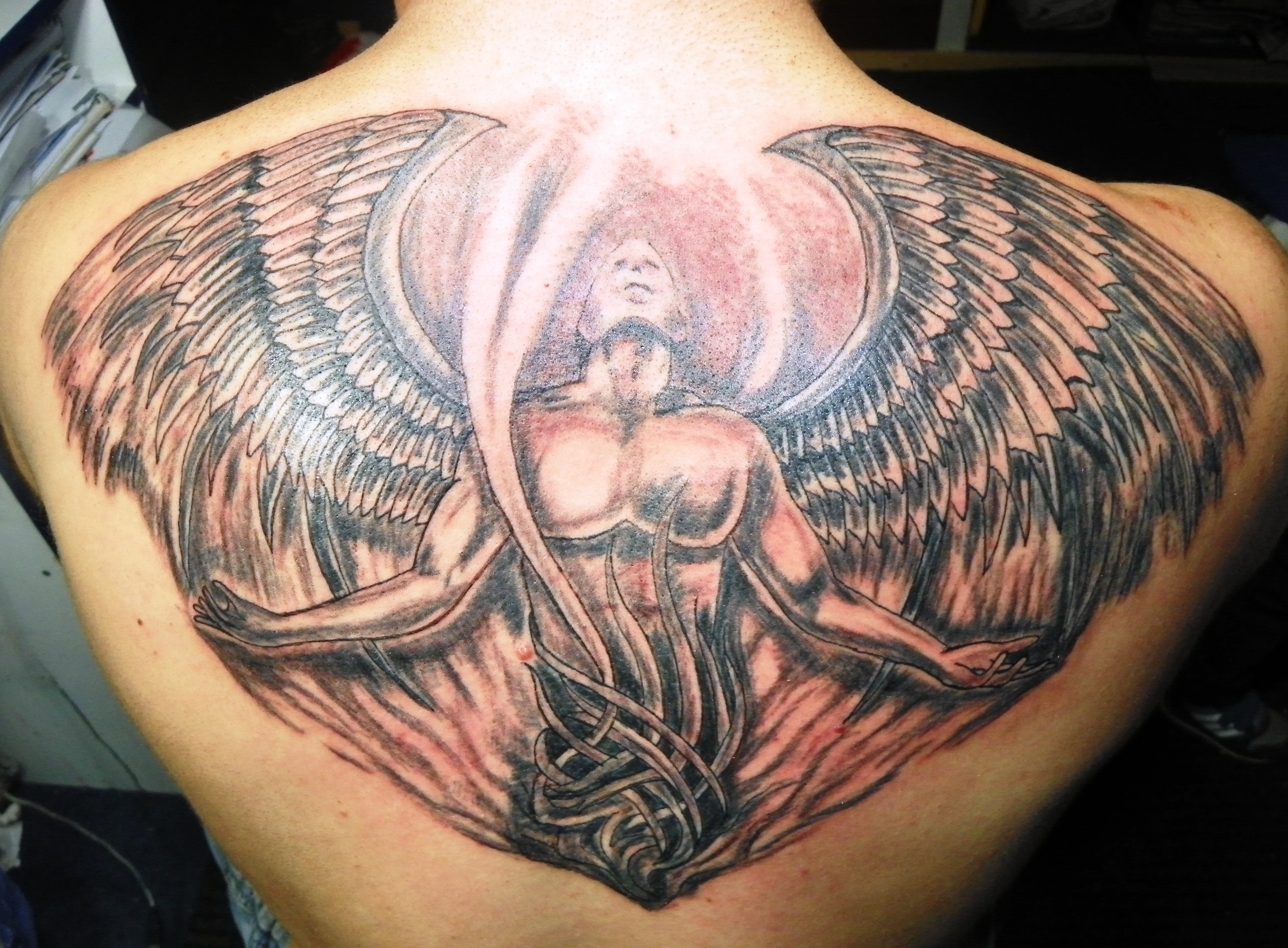A tattoo is a way to assert personal style and not just a piece of art. Tattoo making is not only an art but a medical procedure as artists use a needle to put ink under your skin. When you open the skin, you are vulnerable to infections and scarring. Thus making it a vital thing to know the tattoo aftercare.
Taking proper care of your tattoo can prevent many complications and ensure proper healing.
The after tattoo care process includes both you and your tattoo artist as you need to take care of tattoo at home, along with going to a reputable and licensed artist for a tattoo.
How To Care For Your Tattoo
The process of tattoo aftercare starts as soon as the tattoo is completed. After completing the tattoo, the artist must apply a layer of petroleum ointment on the tattoo and then cover the tattoo area in plastic wrap or a bandage.
After tattoo bandage, and dressing also helps absorb any extra ink or fluid that may leak from the tattoo.
You can remove the bandage after a few hours, and after properly cleaning your hands, gently wash your tattoo with water and fragrance-free soap. After the wash, pat dry your skin using a soft cloth.
To let the skin breathe, you can keep the bandage off at this point. Apply a small amount of petroleum-based ointments on the tattoo.
Now, lets us see the step by step guide for tattoo aftercare.
READ MORE: Tattoo Designs That Help Fight Against Evil
Step By Step Instructions For Tattoo Aftercare
Initial Bandage
Tattoo aftercare starts as soon the tattoo is completed. After completing tattoo, your tattoo artist will apply a thin layer of moisturizer or jelly over the entire tattoo area.
After applying the ointment, your tattoo artist will completely cover the tattooed area into a bandage or plastic wrap.
It may look tempting to you to remove the bandage or the protective cover so that you can flaunt your tattoo.
But, it is not at all advisable to remove it as it protects the tattoo from sunlight, bacteria, and rubbing with clothes, which may lead to irritations, and thus the covering should stay on for some hours.
First Wash
After the tattoo bandage should be kept for at least 5 hours, after that, you can remove the covering or bandage and wash the tattoo.
After proper hand hygiene, you can wash the tattoo with lukewarm water and hypoallergenic soap.
When you remove the covering and wash the tattoo, the ointment or moisturizer applied will wash off, and a thick, sticky substance or ink may come out.
This reaction by the tattoo is not a cause of concern usually, as it is the excess ink, and fluid coming out that’s left during tattoo making.
After adequately washing the tattoo, a person should pat dry the skin clean and allow the skin to air dry for at least an hour.
After the tattoo area has properly dried, you can apply a thin layer of ointment designed especially for the tattoo. Leave the tattoo uncovered so the skin can breathe.
First Week
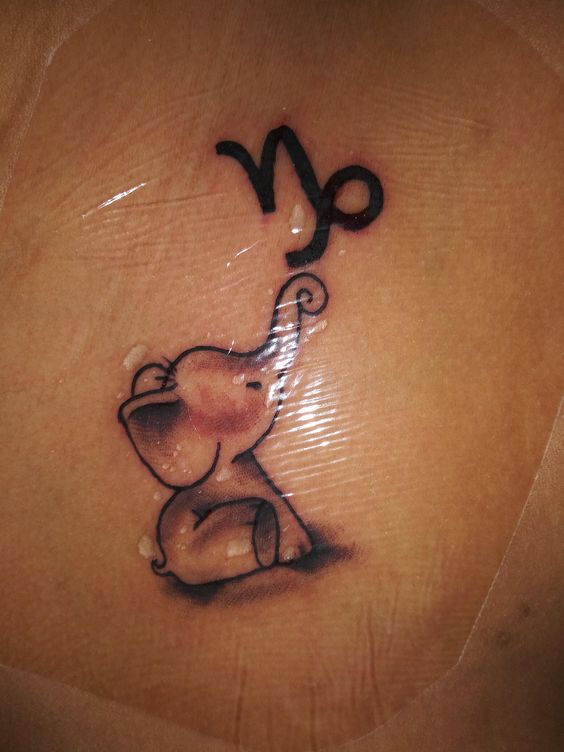
READ MORE: Coolest Arm Tattoos For Women
For the first week, tattoo skin may appear reddish and feel warm on the touch. The tattoo colors may look bright against the rest of the skin, but this all will go away with the tattoo healing, and it will become less vibrant.
In the first couple of days, a person should avoid getting the tattoo submerged or wet with water except washing.
A person can use the above washing method for the first week, depending on the need to wash.
If a person is involved in conditions where the body sweats or a hot environment, then washing after every few hours is needed while those who don’t indulge in such activities can wash the tattoo for once a day, and it will be enough.
It is recommended to wash the tattoo with clean hands and not with a towel or cloth as using a towel or cloth may prematurely remove any scabs, which may have formed, and irritate the skin.
Scabs can appear in the first couple of days, and it may ooze ink, which you need to wash regularly. It’s vital to not scratch skin or picks scabs.
Redness and swelling will usually go away in the first week.
Second Week
At the beginning of the second week, the scabs usually flake off. It’s vital to be gentle while washing the tattoo during this week as with washing and moisturizing in this week can tear scabs away, damaging the tattoo.
During this week the skin may likely feel itchy, but It’s vital not to scratch the tattoo skin.
Additional Moisturizer can help in relieving the itch. The use of a moisturizer kept in the refrigerator can also help relieve the irritated and itchy skin.
If you feel very itchy and necessary, a medication like Benadryl can be taken to relieve the itching.
The third week, and After
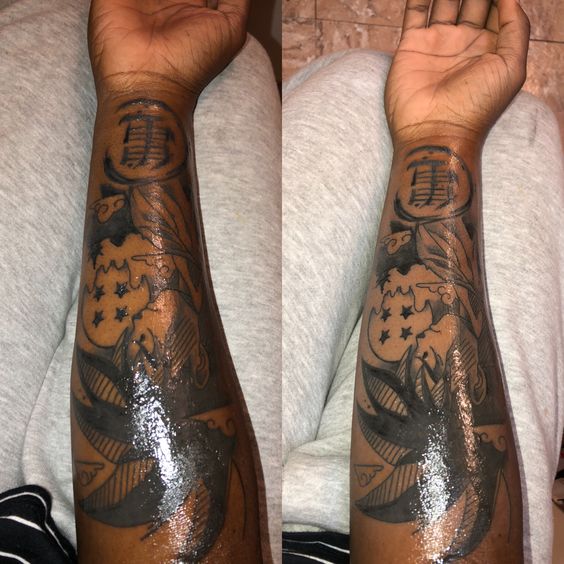
Final healing of the tattoo may be slow and requires patience. The larger scabs mostly may have fallen away or flaked.
Small scabs and some bits of skin can appear, but they will go away with the healing of the tattoo.
Flaking skin and scabs may make the skin look dull and dry. Proper application of moisturizer on the tattoo and protecting it from the sun can help with these problems.
In this week the outer skin layer should heal completely, but the inner layer of skin will take time to heal but it requires minimal care.
The healing of the outer layer of the skin in this week will reduce the chances of infection as there are no open wounds left for bacterial infection.
Some Instructions For Tattoo Care – Do’s and Don’ts
What You Should Do
- Wherever you go outside, wear proper sun-protective clothing, but remember it to be skin breathable.
- If you see any infection signs or other problems. Call your doctor or tattoo artists.
- Use authentic tattoo aftercare products.
- Apply ointments regularly for some days until the tattoo heals properly.
What You Shouldn’t Do
- Pick or scratch tattoo.
- Covering the tattoo until healed fully with sunblock while you go outside.
- Immerse your body in water or go swimming. Showers are fine, but be careful not to use soap on tattoos.
- Wearing tight clothes over tattoos.
Some Best Tattoo Aftercare Products
To clean the tattoo, always go for fragrance -free, mild soap, or a specially formulated cleanser for tattoos.
Some soaps you can use
- Dial
- Dove
- Neutrogena
After two days of the tattoo, you can use regular moisturizers, like
- Lubriderm
- Curel
- Aveeno
- Eucerin
Some Common Questions Asked for Tattoo Aftercare
Is vaseline good for tattoo aftercare?
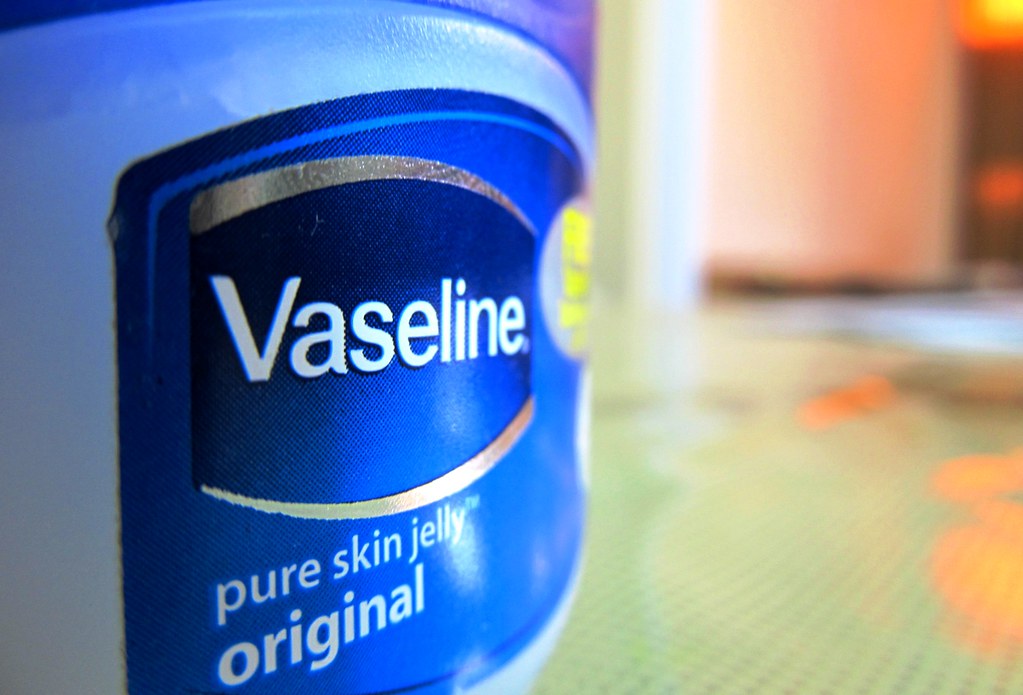
This is a commonly asked question by people regarding the tattoo aftercare. The answer to this question is that Yes, you can use vaseline as its a petroleum-based ointment that will help to heal your tattoo.
Vaseline is a cosmetic grade ointment, and thus won’t clog pores and cause infection. But, remember to use a thin layer as a thick layer won’t allow your skin to breathe.
Can Aquaphor be used for tattoo aftercare?
The question about using Aquaphor is another confusion among people for tattoo aftercare; the answer to this confusion is Yes, you can use it. Aquaphor is also a petroleum-based jelly which will help in the healing of the tattoo.
Is Cocoa Butter safe for tattoo aftercare?
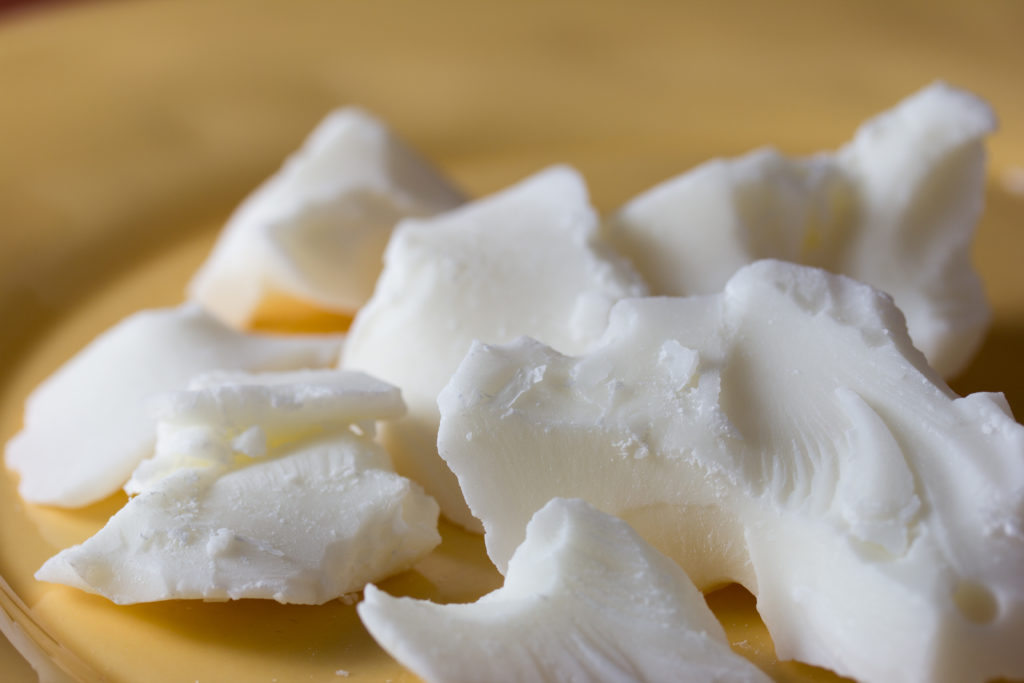
People ask this question as cocoa butter is a very good moisturizer with natural healing and moisturizing properties.
But, when it comes to tattoo aftercare, cocoa butter shouldn’t be used for fresh, weeping tattoos.
The tattoo weeping means that needle holes are still open and can penetrate the tattoo wound, causing infection. It will also clog the pore and can cause irritation.
Is Neosporin safe for use on Tattoos?
When it comes to tattoo aftercare neosporin is a product which many people recommend as it is petroleum based ointment, but avoid using it. Neosporin is a medicated product and causes allergic reactions to some people. The use of Neosporin may lead to allergy involving tiny red dots and significant rash.
Neosporin is used mostly in healthcare and is designed to act as a barrier between the wound and outer atmosphere to prevent bacterial infection. Neosporin keeps the oxygen out while keeping moisture within the wound.
Thus, the use of Neosporin is not recommended for Tattoo aftercare.
Can Vitamin E be used with Tattoos?
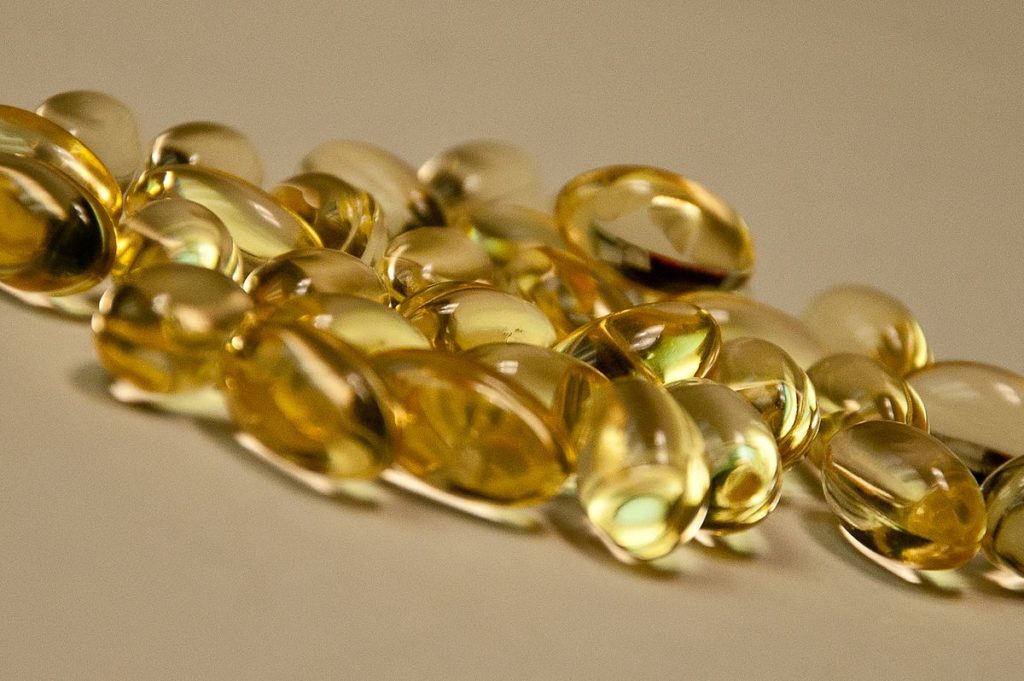
Yes, you can use Vitamin E for tattoo aftercare, as it helps in moisturizing skin and replenish the new skin growth.
Whatever product you choose for tattoo aftercare, but always make sure that the product is fragrance-free and doesn’t contain additives like colored dye, as they can dry out the skin.
Conclusion
In the article, we have told you about the tattoo aftercare process, products, what to do, and what not to do, which products are safe to use, and which to avoid. We have answered the commonly asked questions as well for tattoo aftercare.
If you like the article, please do let us know in the comment box.
RELATED POSTS:

